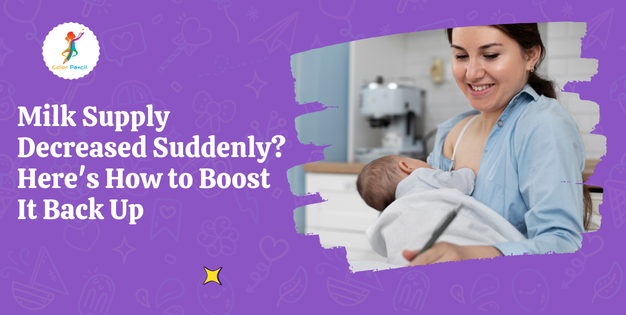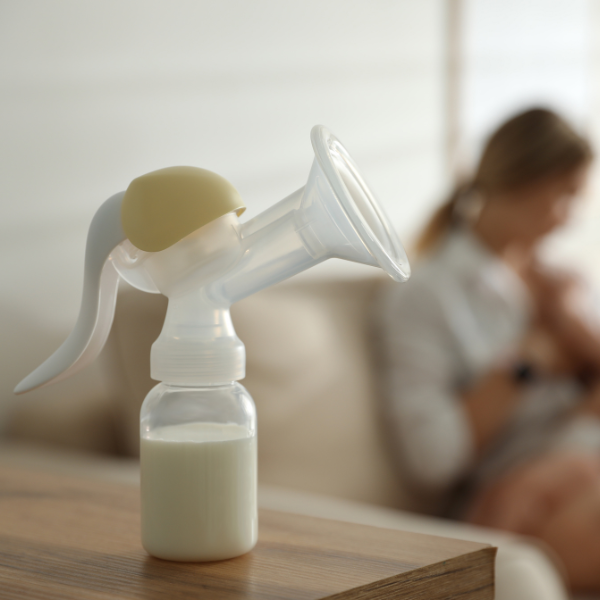
Top 10 Flashcard Combos for Holistic Toddler Learning
Did you know that up to 80% of a toddler’s brain develops in the first five years? As a parent, you’re likely eager to give

If you’re breastfeeding and notice your output isn’t what it used to be, you’re not alone. Many moms experience moments where their milk supply decreased suddenly—and it can feel confusing and frustrating, especially when you’re doing everything “right.”
The good news? Most dips in supply are temporary and fixable. Let’s explore the common causes, signs to watch for, and effective strategies for getting your milk flow back on track.

There are several reasons why your milk supply suddenly dropped:
Sometimes the drop is gradual and subtle, other times it feels like it happens overnight. Either way, it’s a signal—not a failure—and recovery is possible. A sudden decrease in milk supply can sometimes be linked to overfeeding issues, or feeding practices that aren’t in sync with your baby’s needs. Learn about overfeeding your newborn and how it might affect milk supply and baby comfort.
Not sure if your supply has actually decreased? Look for these common indicators:
These signs of low breast milk supply can vary depending on your baby’s age and growth stage. If you’re unsure, always consult a lactation consultant or pediatrician for support.

If you’ve just given birth and are facing a delay in milk production, don’t panic. Colostrum (the first milk) is often enough in the first few days, and your mature milk usually comes in within 2–5 days.
Here’s what to do in the meantime:
Experiencing no breast milk after delivery doesn’t mean it won’t come—it just means your body may need more time or stimulation.
If you’re taking active steps, you may see improvement within a few days to a week. However, it depends on the cause of the dip, your baby’s feeding cues, and how consistently you’re stimulating milk production.
How long does it take to increase milk supply?
Patience and persistence are key.
If you’re exclusively pumping, here are tips to boost supply effectively:
These steps signal your body to produce more, even if baby isn’t nursing directly. If your baby is refusing the bottle, it may affect your milk supply and pumping schedule. Find out what to do if your baby won’t take the bottle and learn how to manage milk production effectively.

Milk supply is flexible and responsive.
Sudden drops are usually your body’s reaction to change—not a permanent shift. Give it consistent stimulation, rest, and support, and it will often bounce back. You don’t have to navigate it alone—reach out to lactation professionals early. As you work to boost your milk supply, proper storage is crucial to maintaining freshness. Avoid common breast milk storage mistakes to ensure your milk stays safe and nutritious for your baby.
Feeling Overwhelmed? Let’s Talk! Join Our Parent Forum and Get Expert Advice & Support!
Stress, illness, hormone changes, skipped feedings, or returning to work can all contribute.
Nurse or pump often, do skin-to-skin, stay hydrated, and seek professional lactation help if needed.
You may see results in 3–7 days with consistent effort, though some situations may take longer.
Yes—frequent and effective pumping, especially with techniques like power pumping, can help.
Fewer wet diapers, baby not gaining weight, and short, unsatisfying feeds may be signs.